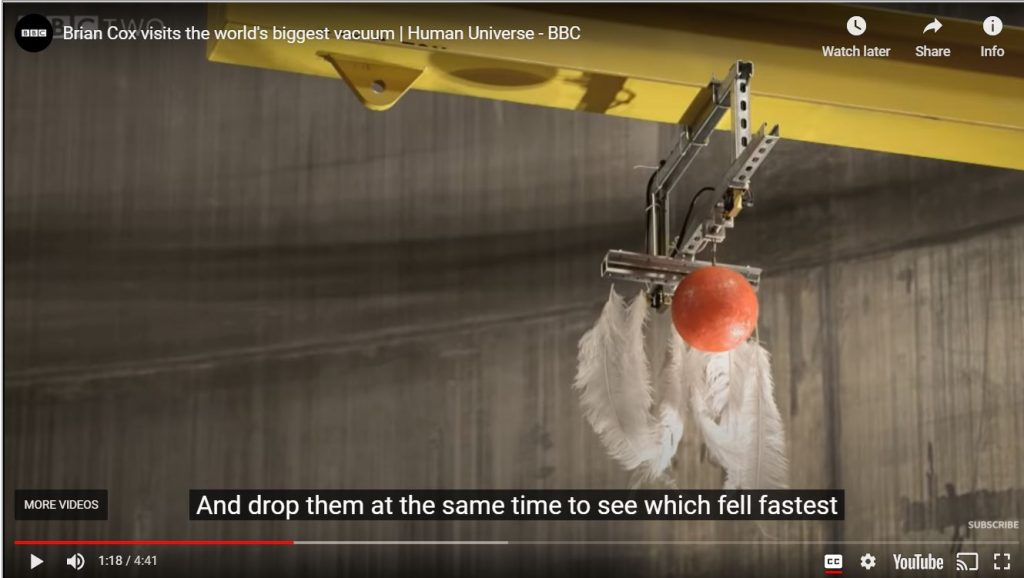Author: Meri Ahonen, LessonApp co-founder and math, chemistry and physics teacher in lower secondary school, Nokia, Finland.
This post includes two lessons which are linked to each other. Depending on school’s lesson length, teacher may use both of these in the same lesson or divide them to different days and use the extra time with exercises from the book or ask students to make small info posters about the things learned.
13th lesson Air resistance 1/2 (30 min)
Grouping and warm up: Other method (5 min)
Divide the students to groups of 2-4 persons. I have divided students in the familiar seat order and they know their pair or group. We change the order from time to time.

Science experiment (10 min)
Each group takes three similar sheets of paper.
Crush and squeeze the 1st paper as tight as possible.
Crush the 2nd just a bit, its size should be in the middle of the 1st and the 3rd.
The 3rd sheet is left sleek.
Then drop all three papers from the same height to the ground. Observe. Which one reached the floor first? Try different angles. Take notes of what you found.
Teaching discussion (15 min)
Discussion about findings of the Science experiment. What does the air resistance mean? Which attributes affect air resistance in this experiment? More information about air resistance from the teacher.
14th lesson Air resistance 2/2 (40 min)
Teaching discussion (5 min)
Teacher recaps last lesson’s topic about air resistance and the area of an object. After that, teacher instructs students to think about objects with differents masses.
Pair discussion (10 min)
Pairs discuss “Which one drops faster to the ground, feather or bowling ball when dropped from the same height inside classroom?” Try to state the reasons why. Students can use different sources of information. Teacher can collect some answers to the whiteboard.

Watch a video (10 min)
Teacher explains what a vacuum means. Then he/she shows a video from world’s biggest vacuum: https://youtu.be/E43-CfukEgs. In the vacuum feather and bowling ball are dropped at the same time. Which one reaches the ground first? Discuss about the video. How is the result possible?
Teaching discussion (15 min)
Teacher tells more theory about air resistance and explains the phenomenon. Students can take notes.





0 Comments